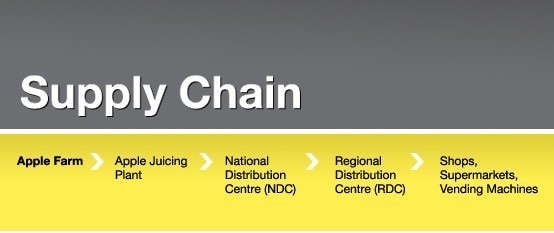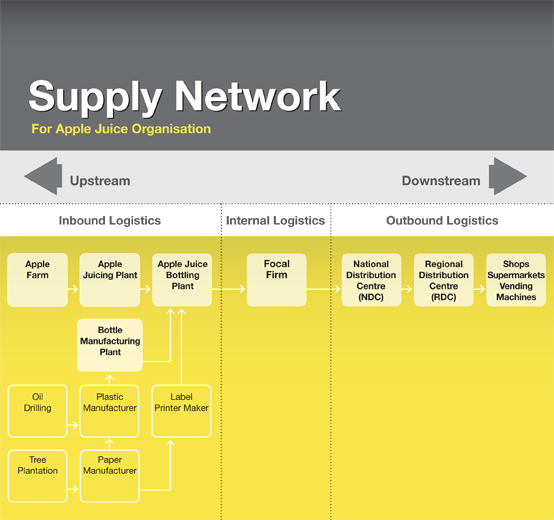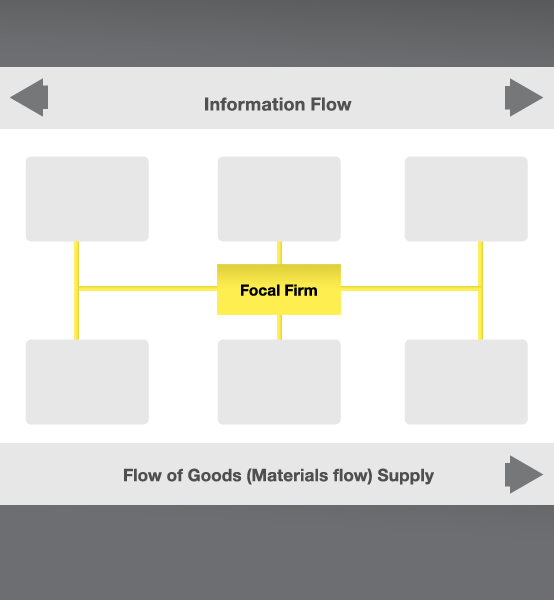What is a Supply Chain Network?
What is a supply chain network? And why are they so important for logistics and business managers? Supply chain networks allow us to look at the big picture; giving us a better understanding of the flow of materials and information.
Often organisations focus only on their organisation; what they produce or provide and not what the end customer receives. Looking at a supply chain network enables firms to look at the overall movement of materials/information from start to end, allowing organisations to see the value in creating partnerships; and the value in working together to ensure the best possible value is provided to the end-customer.
Supply chains and supply networks both describe the flow and movement of materials & information, by linking organisations together to serve the end-customer.
‘Network’ describes a more complex structure, where organisations can be cross-linked and there are two-way exchanges between them; ‘chain’ describes a simpler, sequential set of links (Harland et al., 2001)
In order to understand a supply chain network; we need to understand what a supply chain is. A supply chain is a series of processes linked together to form a chain.
Supply Chain Example: for apple juice production.

The above diagram is an example of a simplified supply chain; the supply chain shows the movement of material flow from the Apple farm right through the production process to the end users.
Supply Chain Network Example: For Apple Juice Organisation

A supply chain network shows the links between organisations and how information and materials flow between these links. The more detailed the supply chain network the more complex and web like the network becomes.
The above example demonstrates a simplified version of a supply chain network of an Apple Juice organisation. The organisation will have an upstream network and a downstream network.
Organisations are linked via two types of flows:
To get a complete picture of an organisations supply chain network; information & material flow should be mapped. Inefficiency can then be located and removed.
- Material flow: Is the movement of goods from raw primary goods (such as Wool, Trees and Coal etc.) to complete goods (TV’s, Radios and Computers) that are to be delivered to the final customer.
- Information flow: Is the demand from the end-customer to preceding organisations in the network.
Supply Chain Network: Information flow, Flow of Materials

If a focal firm provides their suppliers with their sales data/ forecasting demand information; their supplier will be able to reduces costs (such as over production waste) and improve prices.
In order to better serve your end customer it is important to develop strong partnerships within your supply network which has a flow on effect to your end customers whether you are a manufacturer, distributor or retailer. Better communication will increase efficiency and productivity. Trust is the core ingredient to developing better communication and relationships.
Reference:
Alan Harrrison, Remko V Hoek (2011) Logistics Management and Strategy, 4th edn, Pearson
Slack, N, Chambers S. Harland, C., Harrison, A. and Johnston, R. (1997) Operations Management, 2nd edn, Harlow: Ft/Prentice Hall